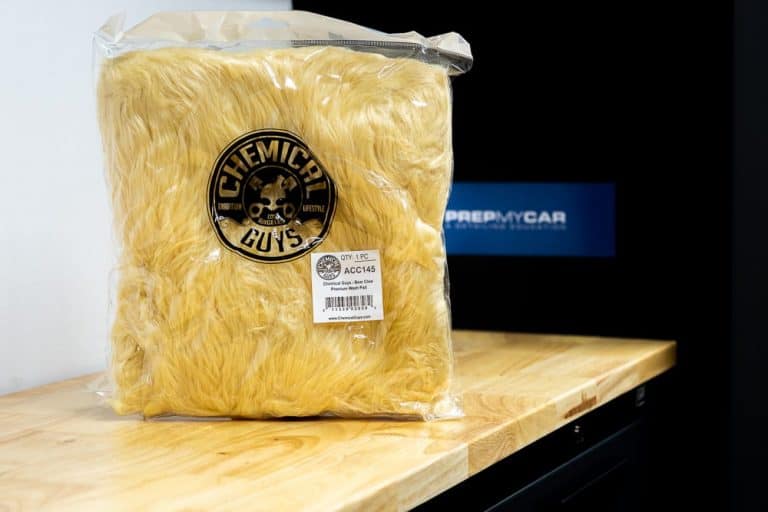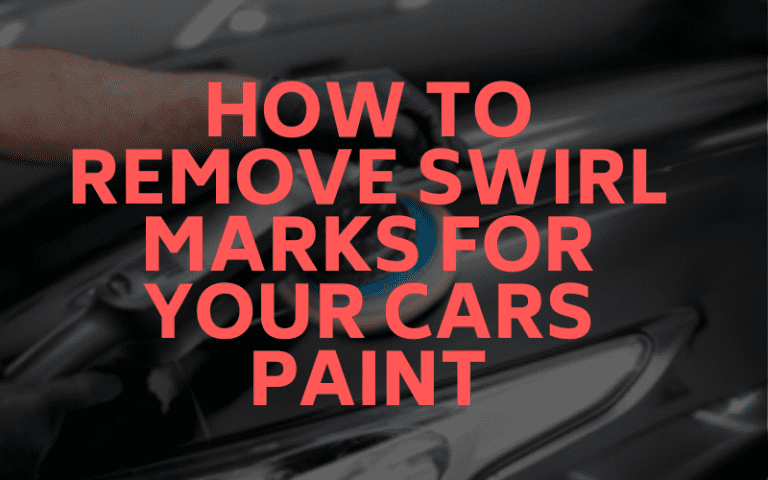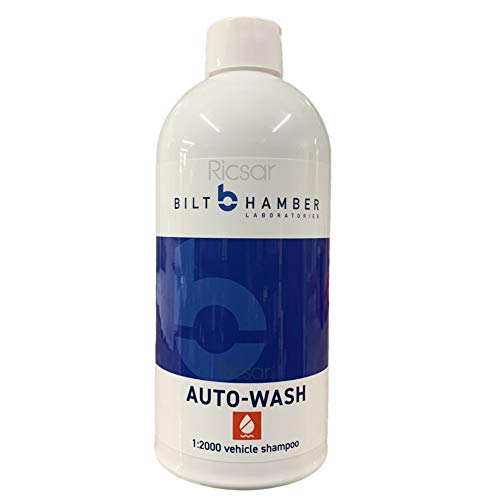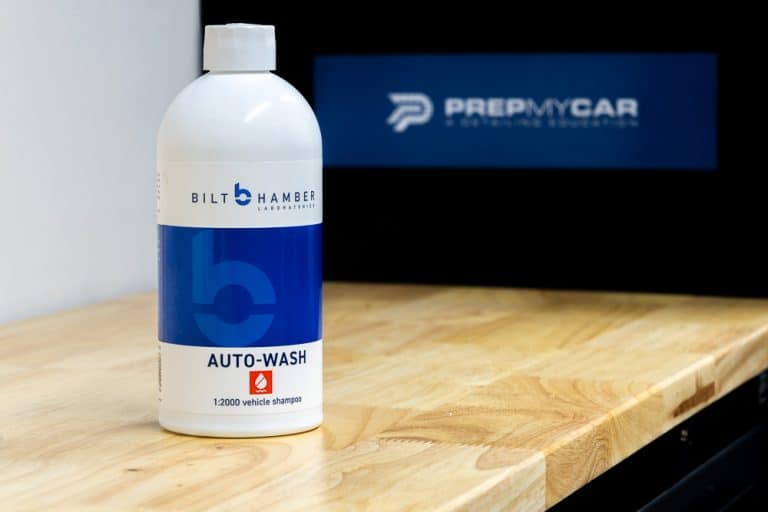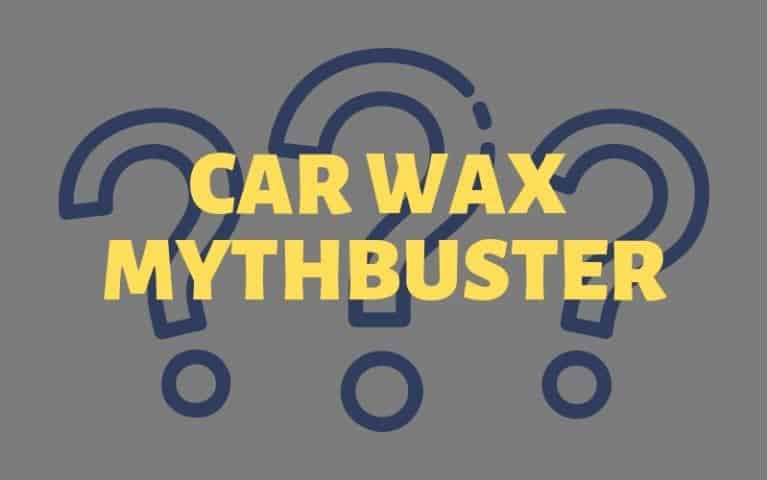How To Repair and Remove Paint Protection Film
Paint Protection Film is a clear protective layer that can be added on top of your car’s paintwork to provide protection against stone chips. It is typically found on high-performance cars that might see track days.
Many ‘ordinary’ cars also have PPF in some places. The most common place to find PPF is just in front of the rear wheels on the sill, which is a common hotspot for stone chips. The PPF protects the paintwork in the event of any flying stones hitting the paint. Over time the film can become peppered to the point it may need to be removed.
Many PPFs have self-healing properties. Under certain conditions, minor scuffs and swirl marks can be removed without the need to remove the film.
How to Remove Paint Protection Film
In order to safely remove PPF, you will need a heat source. A heat gun will work best, but you could also use a hairdryer or a steamer. The heat will soften the adhesive, enabling it to be safely removed.
Start near the edge of the PPF and gently warm the surface. If you are using a heat gun you should use the lowest heat setting and keep the nozzle moving. Apply heat for about 30 seconds, the surface should be warm, but not too hot to touch. Try and pick an edge of the film using your fingernail and gently pull away. Reapply heat as necessary to the film and continue to pull off the surface. If the film seems difficult to remove, you can apply some adhesive remover, and allow it to seep in between the paint and the film.
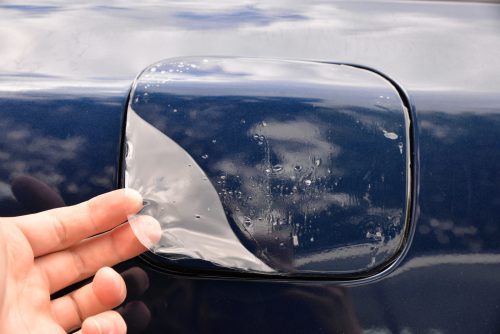
With the film removed, you may notice some residue left over. This will be adhesive from the film which can easily be removed. I find tar and glue removers to be perfect for this job. For a good value tar and glue remover, I recommend Autoglym Intensive Tar Remover.
- Autoglym Intensive Tar Remover dissolves tar, oil, grease, silicone, wax, gum, tree sap, fuel stains and adhesive residues from paintwork and plastics
- Say goodbye to stubborn tar spots on your vehicle with Autoglym Intensive Tar Remover. Shampoo alone may not be enough, but our quick and easy…
- Autoglym Intensive Tar Remover can be used on the interior of your car to remove ink, chewing gum, glue residue and oil stains from fabric seats,…
To use the product, apply a small amount onto a microfibre or cotton cloth and dab onto the affected area. Allow a minute or two of dwell time before wiping away.
After removing the film, you might want to polish the surface, especially if the PPF has some scratches in it. A machine polish will be needed to remove any deeper swirls that exist, however polishing by hand will also improve the appearance of the panel.
After polishing, it is important to add a layer of protection, whether that is in the form of a wax or a sealant. The film that was providing UV and chemical protection to the paint is now gone, so a wax or sealant is used to serve this purpose.
How to Repair Paint Protection Film
As we mentioned at the start, many PPFs have what is known as self-healing properties. This will allow very fine blemishes in the PPF to be removed, without the need to remove the film completely. The film is made from a thermoplastic, which means that by using heat, the film can be reformed.
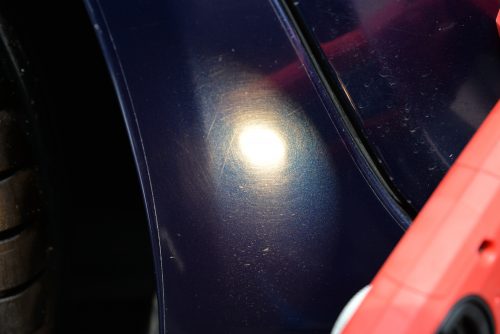
Heat can be used to remove fine scratches, swirl marks and bird etching. First, identify the affected area and ensure it is clean of any dirt, including any tar. Next using a heat gun on a low setting, carefully warm the surface of the film. Ensure you keep the nozzle of the gun at least thirty centimetres away from the surface, and never hold then nozzle still over one spot. You should notice that scratch begin to fade, and eventually disappear.
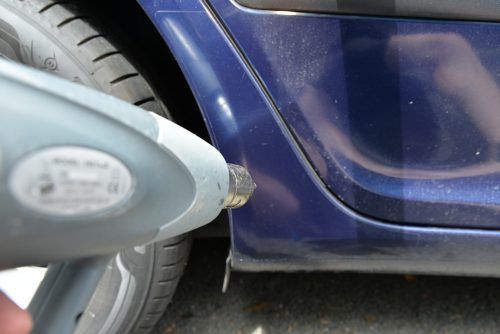
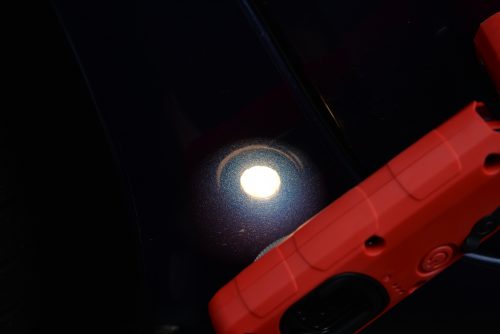
Leaving the vehicle in direct sunlight or applying warm water to the surface can also activate the self-healing properties.
FAQ
Can damaged Paint Protection Film be patched?
No, there is no way to neatly patch the film, unfortunately the best option is to remove the film, and consider having a new one installed.
Will removing Paint Protection Film damage paint?
Removing a PPF will not usually result in any damage to paint. However, if the paint underneath has been poorly resprayed, paint may come away with the film. To avoid this, ensure the surface is kept warm during removal, and apply an adhesive remove to dissolve the glue safely.
Can you polish Paint Protection Film?
You should not use an abrasive polish on paint protection film, as this can cause hazing on the surface. Scratches can be removed by gently heating the surface, as directed above.
Can you wax over PPF?
Yes, you can apply a wax or sealant over a PPF. This will give the film hydrophobic properties and make it even easier to clean.
How long does Paint Protection Film last?
The duration of a PPF will vary depending on the manufacturer and the quality of the installation. Most films will last at least five years, but some may last up to ten.



